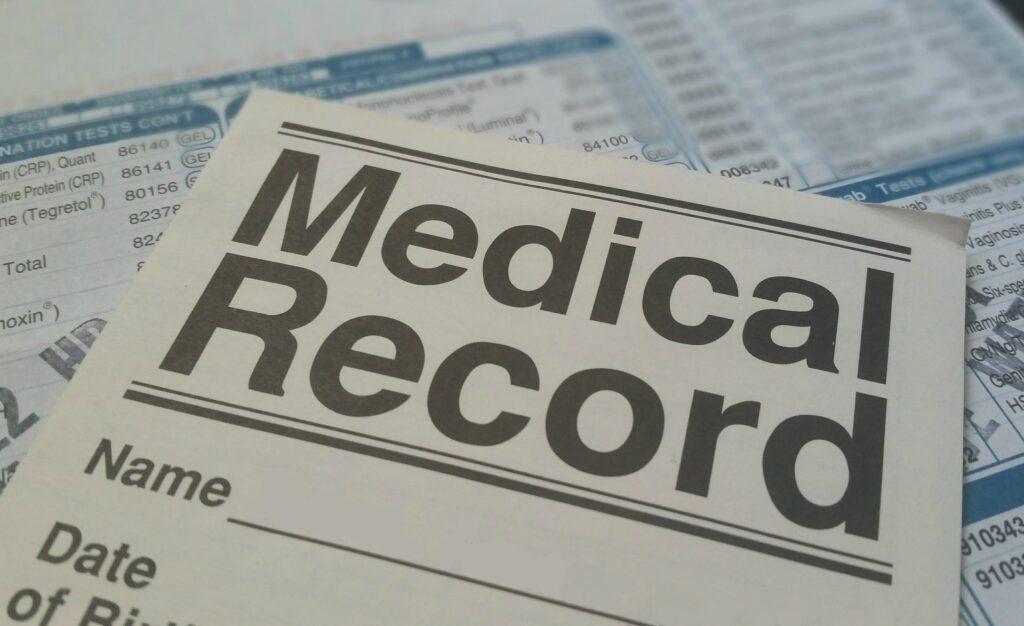Medical billing is a complex process involving submitting medical claims to insurance companies to reimburse healthcare services rendered. It’s an essential aspect of the healthcare industry as it allows healthcare providers to get paid for the services they provide to patients. Medical billing involves medical codes, which are used to identify specific medical procedures, diagnoses, and treatments. These codes are essential for accurate billing and reimbursement of medical claims.
Understanding medical codes and reimbursement processes are crucial for medical billers, healthcare providers, and insurance companies. Medical codes help to standardize medical billing and ensure that healthcare services are accurately and efficiently reimbursed. In addition, medical billing software has become an essential tool for medical billers to automate the billing process and reduce errors in medical claims.
The best medical billing software offers an array of features, including medical code libraries, automated claim submission, and real-time analytics. It enables medical billers to generate accurate medical claims quickly and efficiently. Moreover, it helps to streamline the billing process, reducing the time and effort required for medical billing.
Table of Contents
WHAT ARE MEDICAL CODES?

Medical codes are numbers and letters used to identify medical services provided to a patient accurately. These codes are organized into classification systems, such as the International Classification of Diseases (ICD) system and the (CPT) Current Procedural Terminology system.
The ICD system is used to diagnose diseases, injuries, and other health problems, whereas the CPT system is used to describe medical, surgical, as well as diagnosis and treatment processes.
Medical codes are essential for insurers, who use them to evaluate claims for reimbursement, and for medical professionals, who use them to submit accurate records of treatments and procedures. They also play a role in determining medical billing amounts and reimbursements. Medical codes provide clarity in the healthcare field and ensure patients receive the correct treatments and services they need.
Furthermore, Medical codes are used to describe medical services, products, and procedures. Medical coding is the process of assigning a code to a patient’s diagnosis, treatments, and procedures that are performed by a health care provider.
The most common type of medical coding system is the Current Procedural Terminology (CPT) code. This code consists of four-digit numbers that indicate a service or procedure that was provided.
The American Medical Association (AMA) developed this system for coding procedures in the United States. In addition to the CPT codes, there are also Diagnosis Related Groups (DRG) codes. These codes are used to similar group diagnoses for billing purposes. DRGs provide insight into how a patient’s condition is being treated and provide information on how to bill for services related to those conditions.
Another type of code often used in medical billing is the Healthcare Common Procedure Coding System (HCPCS) These codes are typically used for billing purposes when medical supplies or equipment are used during a medical procedure or treatment.
Medical codes are essential for accurate medical billing, as they provide information on what services and procedures were performed and how much the patient should be billed for those services. Without accurate medical codes, the health care provider cannot accurately bill the patient for their services.
HOW ARE MEDICAL CODES USED?

Medical codes are used to describe and record the services provided by healthcare providers accurately. Medical codes are used in the electronic medical record (EMR), which is a digital system used to store patient information.
These codes allow healthcare providers to accurately document the services they’ve provided and determine appropriate reimbursements for those services.
Medical codes are also used to classify treatments and services, ensuring that insurance companies and healthcare providers receive the correct payments for services rendered. By using medical codes, billing personnel can quickly and accurately submit claims to insurance companies and government agencies, allowing them to get paid faster.
Additionally, medical codes are also used by hospitals and clinics to bill patients properly and clearly define the services a patient has received and the costs associated with those services. This allows patients to understand their bills better and makes it easier for them to pay.
HOW DOES THE REIMBURSEMENT PROCESS WORK?

The reimbursement process is how healthcare providers get paid for their services. The process typically begins when a healthcare provider submits a claim for services to an insurance company or other payer.
The claim includes the patient’s diagnosis, procedures performed, and the amount of money the healthcare provider requests for the services rendered.
The insurance company then reviews the claim to ensure it complies with its policies and rules. This review includes verifying the patient’s eligibility for coverage, confirming that all services provided were medically necessary, and ensuring that the claim follows proper coding guidelines. If the claim is approved, the insurance company will pay the healthcare provider.
The payment amount depends on the specific insurance policy and the individual service codes listed on the claim. Generally speaking, the more detailed and accurate the codes are, the more likely the claim will be approved and paid in full.
Once the payment has been issued, it is up to the healthcare provider to collect it from the insurance company. In some cases, the healthcare provider may need to negotiate with the insurance company if the amount of money being requested is more than what is covered by the policy.
Ultimately, healthcare providers need to understand the reimbursement process and have a good working relationship with insurers to maximize their reimbursement potential.
WHAT ARE SOME COMMON PROBLEMS WITH MEDICAL BILLING?

One of the most common problems with medical billing is coding errors. This happens when a provider enters an incorrect code for a procedure or diagnosis. Coding errors can lead to delays in payment, denials from insurance companies, and even hefty fines.
Additionally, if a patient is misclassified as ineligible for certain services, they may not receive the care they need or be billed for services they did not receive.
Another issue with medical billing is incorrect reimbursements. This can occur when insurance companies do not accurately pay for services based on submitted codes. For example, if the wrong code is used or the provider does not have an up-to-date fee schedule, the insurance company may underpay or deny the claim entirely.
Finally, medical billing is highly regulated by federal and state laws. Providers failing to comply with these laws can be subject to costly penalties and audits. Poor documentation and inadequate record-keeping can lead to compliance issues that are not easily remedied.
All of these problems can cause payment delays, lost revenue, and decreased patient satisfaction. To avoid these issues, it is important for providers to stay informed on the latest medical billing regulations and to review all claims carefully before submitting them to insurance companies.
HOW CAN I AVOID PROBLEMS WITH MEDICAL BILLING?

Avoiding problems with medical billing starts with understanding the basics of the medical coding and reimbursement process. The first step is to ensure that you are using the correct medical codes when submitting claims. Ensure that all of the information provided on the claim is accurate, including the patient’s demographics, diagnosis, treatment dates, and any other applicable data.
It is also essential to ensure you know the payment rules for each insurance carrier. Different carriers may have different payment policies, so it is important to be familiar with them before submitting a claim.
Additionally, if you are billing electronically, make sure that your software is up to date and that you are working with a reputable billing company or consultant. A reputable company should have experience in working with insurance carriers and understanding their payment policies.
They should also be able to answer any questions about billing procedures and regulations. By researching and choosing a reliable billing partner, you can avoid many problems with medical billing.
FUTURE OF MEDICAL BILLING

The future of medical billing is sure to bring changes as the healthcare industry and reimbursement processes continue to evolve. Medical billing software is becoming increasingly sophisticated, allowing more automated and accurate billing.
Electronic health records are becoming more widely used, helping streamline the medical coding process and improving patient care. Additionally, medical billing professionals must stay up-to-date with changing coding regulations and health insurance policies to ensure that claims are processed correctly and patients are reimbursed appropriately.
Artificial intelligence (AI) is becoming more popular in medical billing and coding. AI can help automate tedious administrative tasks, like data entry and verifying patient information, and can also help identify coding errors or discrepancies more quickly.
This technology is expected to continue to develop and help improve accuracy and efficiency in the medical billing process.
Another trend in medical billing is the rise of third-party vendors. Third-party vendors provide various services, such as claims processing, accounts receivable management, and payment processing. These services can help reduce the workload on medical billing professionals and save time and money in the long run.
Overall, the future of medical billing looks bright as technology continues to develop and healthcare systems continue to modernize. Medical billing professionals must stay up-to-date on technological changes, coding regulations, and health insurance policies to ensure that claims are processed accurately and efficiently.
CONCLUSION
Medical billing can be a complicated process involving a lot of paperwork and complex coding systems. It is essential to understand the basics of medical billing, including medical codes and reimbursement processes, to ensure accurate billing and successful reimbursements.
With the right knowledge and resources, medical billing can be managed successfully. If you need assistance navigating the medical billing process, it is recommended that you seek the help of a professional with experience in medical billing. Doing so will help you avoid common mistakes, save time, and maximize your reimbursements.
Also Read – 5 Proven Ways to Increase Your Views On Instagram




